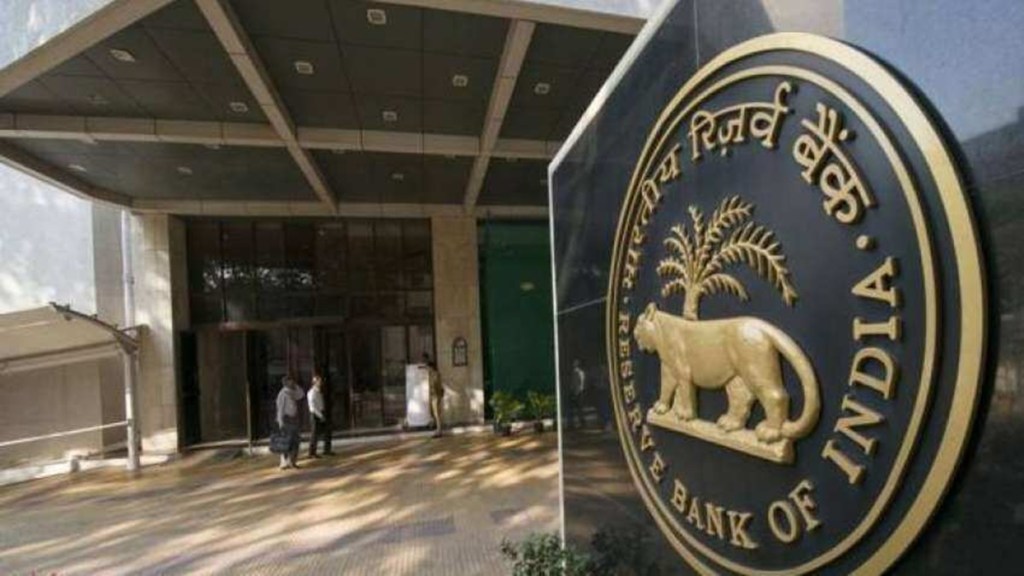A lower-than-expected retail inflation print for February and the likelihood of inflation aligning closer to the Reserve Bank of India’s (RBI) target of 4% in the coming financial year may prompt the central bank to opt for another 50-basis point cut in the policy repo rate in FY26, an FE poll of 12 economists showed.
Many of them, however, say the risks to inflation still remain due to the onset of global tariff wars triggered by the US, threats of imported inflation, relentless depreciation of the rupee against the dollar, and the likely rise in prices of key food items.
Among the economists who FE spoke to, most expect the RBI’s monetary policy committee (MPC) to cut the policy rate by 50 bps in two successive meetings – April and June. Currently, the repo rate is 6.25%.
“I expect two more rate cuts of 25 bps each in April and June…and then risks of one or two more if extreme weather remains at bay,” said Dhiraj Nim, economist at ANZ Research. “I believe the RBI may have to lower their FY26 inflation forecast by 20-30 bps eventually,” he added.
The RBI has projected CPI inflation to average 4.2% in FY26, down from 4.8% in FY25.
For Q4FY25, RBI had estimated inflation to average 4.4%, but with the latest print of 3.61%, economists expect March quarter’s CPI print at 3.8-4%, and for the full year at 4.7%.
Madan Sabnavis, chief economist at Bank of Baroda, also expects a 50 bps rate cut in total — one in April and the other in August. “RBI will wait and see how the monsoon takes off and behaves before the third cut,” he said.
The calls for successive rate cuts have grown louder after GDP data, released last month, showed that India’s economic growth has been slower this year than previously thought.
The National Statistical Office (NSO) in February revealed the revised GDP growth figure of 9.2% for FY24, 100 bps more than its provisional estimate of 8.2%. This means growth likely slowed sharply by 2.7 percentage points (pps) in FY25 (6.5% estimated by NSO) than 1.7 pps thought previously.
“Monetary policy should be supportive of growth as inflation is clearly moving to the target on a sustainable basis,” said Gaura Sen Gupta, chief economist, IDFC FIRST Bank. “The fact that inflation is moving to 4% or lower in FY26 would push up the real rate of interest to above 2%, which will put a downward pressure on growth,” she added.
The real rate of interest, the difference between repo rate and headline inflation rate, is seen as an equilibrium rate where growth is close to potential, alongside stable inflation, according to analysts. RBI, in July 2024, had estimated the real rate of interest to be in the range of 1.4-1.9%.
“We now think the April meeting may be an apposite occasion for the MPC to change policy stance to convey greater conviction about the durability of this cutting cycle as well as to cement the new improved and easier liquidity regime,” said A Prasanna, chief economist at ICICI Securities Primary Dealership (I-SEC PD).
However, some economists flag that even as headline inflation declines, imported inflation continues to rise. According to SBI Research, the share of imported inflation in the CPI basket rose to 31.1% in February from 1.3% in June 2024, anchored by a rise in precious metal prices, oils and fats and chemical products.
“Thus, the pass-through of rupee depreciation will be visible in the coming months which may push CPI inflation up,” said Soumya Kanti Ghosh, group chief economic adviser at SBI.
QuantEco Research said in a report that the rupee’s 4.5% depreciation against the dollar since September 2024 is likely to add upside to CPI inflation in the coming months. Also, the budgetary push for domestic consumption in FY26 along with easing of the monetary policy from February 25 would likely allow corporates to pass the higher imported cost to the consumers, the report said.

